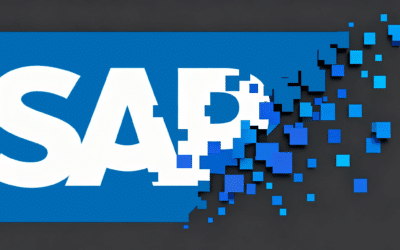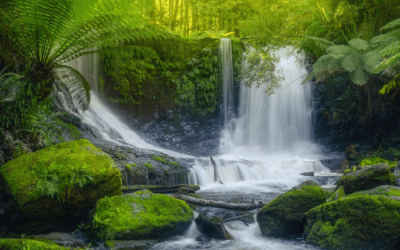
The Crucial Role of Runsheets in Disaster Recovery
March, 2024
by Jane Temov.
Jane Temov is an IT Environments Evangelist at Enov8, specializing in IT and Test Environment Management, Test Data Management, Data Security, Disaster Recovery, Release Management, Service Resilience, Configuration Management, DevOps, and Infrastructure/Cloud Migration. Jane is passionate about helping organizations optimize their IT environments for maximum efficiency.
Disaster recovery plans (DRPs) are pivotal for organizations to counteract the effects of unforeseen incidents and ensure business continuity. Within these plans, runsheets are vital, providing detailed procedures for executing recovery tasks efficiently.
Innovate with Enov8
A Platform of Insight
Managing your IT & Test Environments, Releases & Data.
This post highlights the importance of runsheets in DRPs, explores optimization strategies for DR Managers, and introduces the benefits of implementing Enov8 Runsheets Automation for improved operational efficiency.

Enhancing DR with Enov8 Runsheets Automation
Enov8 Runsheets Automation streamlines IT teams’ operational processes, defining automation steps, integrating with DevOps tools, and offering real-time process visibility. This tool not only saves costs but also allows for continuous process improvement.
Implementing Enov8 Automation
- Runsheet Creation: Detail the operational steps necessary for recovery.
- Execution: Utilize Enov8’s automation to carry out steps efficiently, with real-time monitoring.
- Continuous Optimization: Regularly review and enhance runsheets for improved performance.
Conclusion
Incorporating runsheets into disaster recovery plans is crucial for a structured, effective approach to managing crises. By adopting best practices and leveraging tools like Enov8 Runsheets Automation, organizations can significantly enhance their preparedness, reduce downtime, and maintain business operations even in the face of disaster. The integration of clear, accessible runsheets and the strategic use of automation will fortify an organization’s disaster recovery efforts, ensuring resilience and continuity.
Relevant Articles
Enterprise Release Management: A Comprehensive Guide
Enterprise Release Management (ERM) is a set of end-to-end practices that enable large organizations to effectively manage software releases. ERM is uniquely designed for the challenges of multiple teams building and releasing software simultaneously. ERM establishes...
Your Essential Test Environment Management Checklist
“Test Environment Management Checklist.” Yep, that sounds like a mouthful, but don’t let that discourage you. The idea here is quite simple—adopting a checklist to evaluate the soundness of your test environment management approach. Even though the idea sounds simple...
A Detailed Guide to SAP Data Masking
SAP systems handle some of the most sensitive data in the enterprise: financial transactions, HR information, supplier records, customer profiles, operational details, and more. For that reason, copying production data into non-production systems without modification...
Release vs Deployment Management: What’s the Difference?
In the always-an-adventure world of IT service management, there are several key processes that are essential for delivering high-quality services to customers and end-users. Two of the most critical processes are release management and deployment management....
7 Tools to Help with Application Rationalization
Application rationalization is the process of identifying which applications an organization should keep, update, consolidate, or retire. Think of it as a financial adviser, but instead of your investment portfolio, it's your application portfolio. Most companies take...
Pairing DevOps with Test Environment Management
For many organizations, DevOps is the best practice for efficiency. However, this model doesn’t come easily as the organization needs to put certain things in place. For example, the firm needs to incorporate the right tools to ensure its delivery pipeline and...











